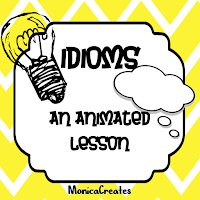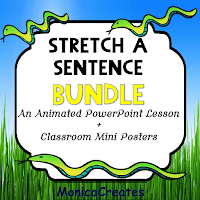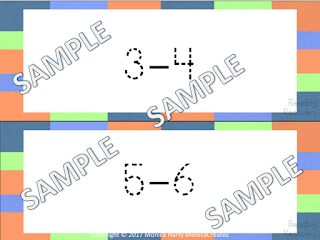Opening the Lines of Communication
Between Teachers and Families
 We
are all well aware of the importance of open lines of communication between
parents and teachers. We are just as aware of the myriad of circumstances and
situations that will cause static. With the beginning of a new school year fast
approaching, this may be as good of a time as any to line up and implement
some ways to keep the lines open and positive.
We
are all well aware of the importance of open lines of communication between
parents and teachers. We are just as aware of the myriad of circumstances and
situations that will cause static. With the beginning of a new school year fast
approaching, this may be as good of a time as any to line up and implement
some ways to keep the lines open and positive.
Studies have shown that schools (and teachers) that share positive communication with parents affect the extent and quality of family (home) involvement with the child's education.
Negative Communication ➤ Discourages Family Involvement
Families feel they are inadequate to help their child.
Positive Communication ➤ Encourages Family Involvement
Families feel more confident in their teachers, school, and themselves.
Families have a better understanding of the importance of their child's role in education.
Modes of Communication
Paper
Most teachers prefer this method for family communication.
Pros: No technology dependance. Good for areas with limited internet.
Cons: More time consuming that other modes. Not always received by the family. (The dreaded bottom of the backpack!)
Best For: Areas with limited internet.
Email or Text
Both a blessing and and a curse. A good option as it is more immediate and less disruptive that an email. However, the immediacy can yield hasty response that can not be retracted.
Pros: Accessibility. Direct to the adult.
Cons: Repeated threads can become cumbersome.
Best For: Concerns that require an immediate response.
Phone
Phone calls seem to be the standby when notes sent home receive no reply and when you need to speak to someone directly.
Pros: More Personal. Direct Conversation. More Discussion.
Cons: Disconnected Lines. Inopportune Timing
Best For: Specific, Targeted Communication.
Teacher Website
Websites can become overwhelming and time consuming. There are, however many intuitive sites available.
Pros: Always Accessible.
Cons: Readership and Engagement can be more difficult to track (compared to other modes).
Best For: Whole Class News. Announcements. Unit Outlines. Events. Photos. Non-immediate Communication.
What to Choose?
What do you prefer + What is the purpose = Your Choice
Ask Parents their preference. (Have a Communication Preference sheet available during open house.)
Personally, I have used paper, phone, cell phone, text, and a class website. They all have their advantages, disadvantages, and audience preference.
Keep the Lines Open
Choose a type (or types) of communication that works for YOU. What will YOU be able to keep up with and maintain without dedicating an excessive amount of time? If you have never created and kept current a website, maybe that is not an option for you. Put that on the back burner and use a school break or summer to become familiar before starting something you know nothing about, getting frustrated, falling behind, and then chucking the whole idea.
Choose a type (or types) of communication that works for YOU. What will YOU be able to keep up with and maintain without dedicating an excessive amount of time? If you have never created and kept current a website, maybe that is not an option for you. Put that on the back burner and use a school break or summer to become familiar before starting something you know nothing about, getting frustrated, falling behind, and then chucking the whole idea.
Suggestions
• Choose A Form of Communication
• Create A Communication Preference Sheet for Families
• Schedule It I would suggest that you mark your existing calendar, write in your weekly lesson plans, or create a separate calendar for sending home communications.
Once a Week: Choose 1 student: Send a Positive Note home and request the Family return the rote the following day with a positive note about their child. Keep it short and sincere.
Once a Month: Send a class update with brief notes as to what was accomplished, goals met, upcoming topics or events, field trips, pictures of students at work or projects completed.
Once a Week: Choose 1 student: Send a Positive Note home and request the Family return the rote the following day with a positive note about their child. Keep it short and sincere.
Once a Month: Send a class update with brief notes as to what was accomplished, goals met, upcoming topics or events, field trips, pictures of students at work or projects completed.
Keep the Lines of Communication Open.
























































